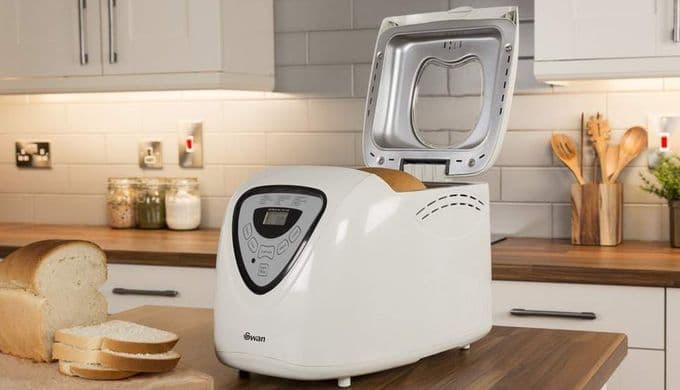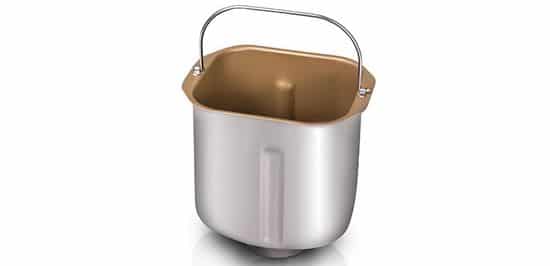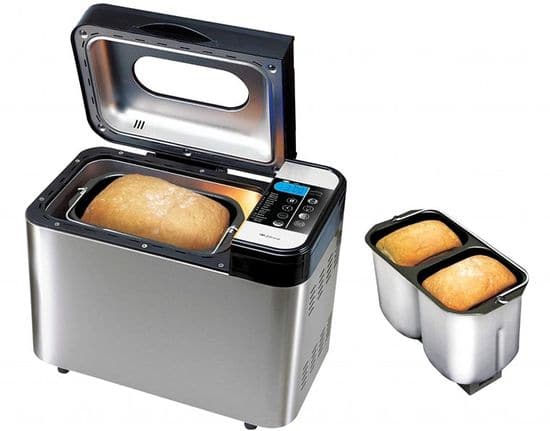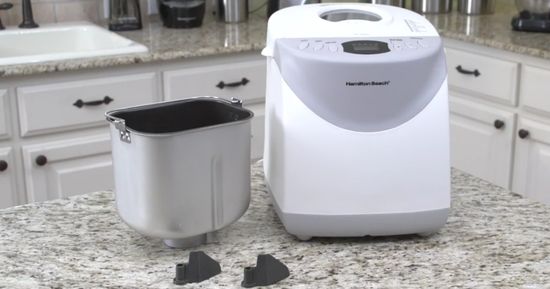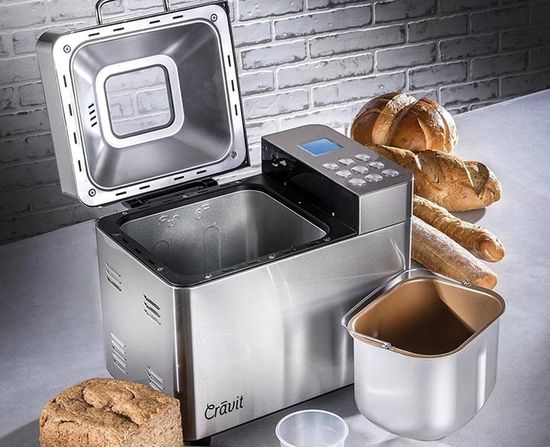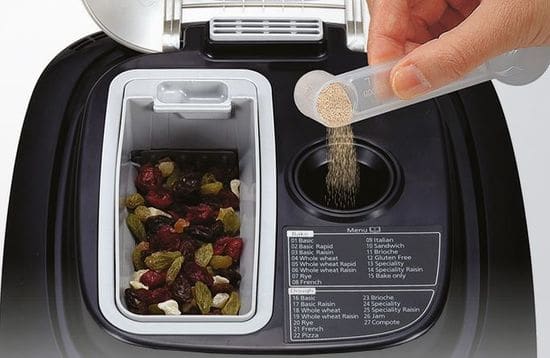Accelerating the rhythm of modern life affects almost all of its aspects, and cooking is no exception. Modern consumers claim to high quality with minimal effort and time. Of course, automation and innovation most effectively solve this problem. Therefore, modern household appliances actively use digital technologies, providing automation of processes with high accuracy and reliability. In turn, the simplification of cooking stimulates many consumers to prepare fairly complex dishes in their home kitchen. As a result, this trend ensures the growth of popularity of various kitchen appliances, including multi-cooker, deep fryer, juicer, yogurt maker, air grill, etc.
Of course, bread and pastries traditionally lead the list of the most popular daily dishes. As a rule, most people prefer delicious, fresh homemade bread with a crispy crust and an appetizing smell. Unfortunately, its preparation requires a lot of time and effort. Therefore, the vast majority of people prefers to buy ready-made bakery products. But the modern automatic bread makers change this situation. They radically simplify baking bread, turning it into an uncomplicated interesting process, providing, among other things, the possibility of experimenting with the cooking recipes. Additionally, its owner gets the opportunity to bake different diet varieties.
Functionality and bread loaf weight
The tough competition of the modern consumer segment stimulates companies to constantly improve the competitiveness of their products. Of course, universality is one of the most effective way to solve this problem. As a result, today the market offers a wide range of multifunctional devices. In particular, some of them support the function of the bread machine. For example, many modern multi cookers have this mode. Of course, specialized models support more modes and, as a rule, provide higher quality. But this solution has an obvious advantage in the case of rare use of this function. In fact, these advantages are manifested only with its frequent or daily use.
Bread loaf weight significantly affects the model efficiency and depends on its volume. Of course, the size and weight of a bread loaf must meet the needs of the family. Too large or small bowl reduces the process efficiency. A powerful model consumes a lot of electricity and requires a lot of space for placement. But too intense work of the low-power model shortens the service life of the components. Therefore, the bowl volume significantly affects the choice of the optimal model. Most modern bread makers use a bowl for baking a bread up to 2 lbs, which is quite enough for 2-3 people. Powerful models provide baking from a 2,2 lbs and more. Capacity of compact models varies from 1 to 2 lbs. As a rule, the functionality and number of programs does not depend on its size.
Bowl, power and design
Of course, the bowl quality significantly affects the service life of the device due to large thermal loads. Typically, companies offer models with a bowl of aluminum or stainless steel. Of course, the first devices have less weight, price, but, unfortunately, and a shorter service life. Their inner surface necessarily has a layer of non-stick coating, the quality of which significantly affects the choice. Any scratches, bubbles and roughnessors will quickly ruin the entire bowl.
Most models use a rectangular bowl for baking a traditional brick.
But the bowls of some bread makers have a round or oval shape, several bowls, a removable baguette or additional baking dish.
Today, manufacturers offer models with a metal or plastic case. Of course, plastic devices have a lower cost and little weight, but they do not withstand mechanical loads.
But more expensive metal models have a very stylish design and easily withstand the thermal and mechanical load.
As known, power directly affects the cooking time. But, as you know, baking bread has some specific features. For example, this process requires the proper kneading the dough for a sufficiently long time. Acceleration of this process adversely affects the taste and quality of bread. It may be too dense and heavy.
Of course, the power must match the capacity of the bowl to provide the required temperature treatment inside a loaf of bread. As a rule, the power of modern models varies in the range of 500-900 W.
Cooking programs and additional options
As a rule, modern models support from 10 to 30 programs depending on their price. Low-cost models usually provide baking the several types of white and rye bread with varying roasting degree, and making jam, yogurt or muffins. But more expensive models support the preparation of gluten-free bread and can use complex recipes, including French baguette, etc. Moreover, expensive models often support programmable modes for creating new recipes. On the other hand, most consumers rarely use these features. Therefore, their usefulness depends on individual preferences. Today, models with 10-15 programs lead in sales.
Of course, most modern models have additional options, including a viewing window for visual inspection, saving settings when the power is turned off, a timer for a delayed start, etc., which directly affect the device usability. But more expensive innovative bread makers often offer advanced functionality. For example, an automatic dispenser for adding ingredients to the Panasonic SD-2511WTS greatly simplifies the process of making bread with various additives.
This video shows the bread baking with the help on innovative Zojirushi Home Bakery Supreme Breadmaker BB-CEC20.
